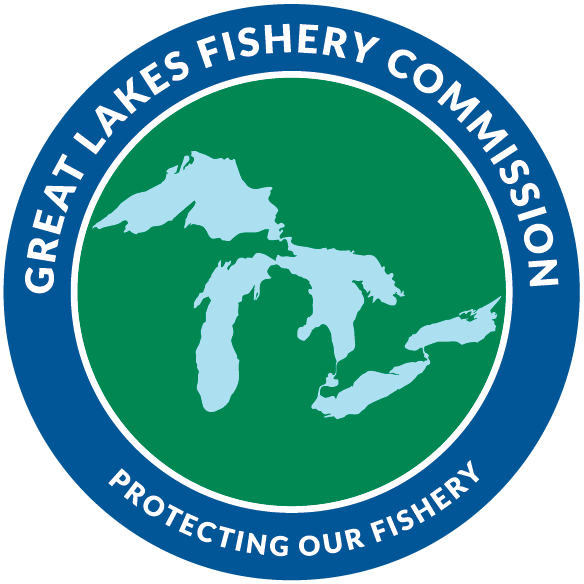Updated 2024-11-22 15:23:33
Lake Superior -> 9.0 Sea Lamprey -> Sea Lamprey Adult Abundance Index
Reporting Interval
2017 - 2021
Area
Lakewide
Meeting Target?
Does Not Meet
Indicator Trend
Downward trend
Confidence?
Medium
9.1.1 Sea lamprey index is below 10,000 adults
Sea lamprey (Petromyzon marinus) are parasitic fish native to the Atlantic Ocean and were first detected in Lake Superior in 1938 (Heinrich et al. 2003). Sea lamprey parasitize and kill other fish by feeding on their blood and other body fluids with a vacuum like sucker mouth. By the 1950s, sea lamprey had expanded their range throughout Lake Superior resulting in significant losses in predatory fish (Smith and Tibbles 1980). Sea lamprey control in Lake Superior began in 1958 as part of a bi-national lake trout restoration effort. The objective of the sea lamprey control program is to suppress sea lamprey to levels that will allow for achievement of fish community objectives. Indices of adult sea lamprey abundance were evaluated relative to fish community objectives for each of the lakes. The adult abundance index target was estimated as the mean of indices during a period with acceptable wounding rates (1994-1998), when wounding rates were closest to 5 wounds per 100 lake trout >532mm. During the 2017-2021 reporting period, the three-year (2019-2021) average of 20,000 was greater than the target of 10,000 sea lampreys (Figure 1). The index of adult sea lamprey abundance during 2021 was 27,173 (95% CI; 23,920-30,427), which was greater than the target.
Figure 1. Adult sea lamprey Index by spawning year with corresponding adult sea lamprey target.
Methodology
Traps are operated throughout the Great Lakes basin during the spring spawning migration, to remove sea lamprey from rivers, facilitate passage of native fish, and generate mark-recapture estimates of sea lamprey spawning run abundance. An annual lake-wide index of adult sea lamprey abundance is calculated by summing individual abundance estimates from traps operated in a specific suite of index streams during spring and early summer. Stream-specific abundance estimates are calculated using Petersen mark-recapture methods. If there is an insufficient number of marked or recaptured sea lamprey to calculate a stream-specific estimate, abundance for that stream and year is estimated using a model based on trap efficiency and dynamics of abundance from other tributaries. The index target is estimated as the mean of indices during a period within each lake when the wounding rate was considered acceptable. The management goal is to not exceed a lakewide index of 10,000 sea lampreys annually.
Other Resources
Contributing Author(s)
- Lake Superior Technical Committee -

